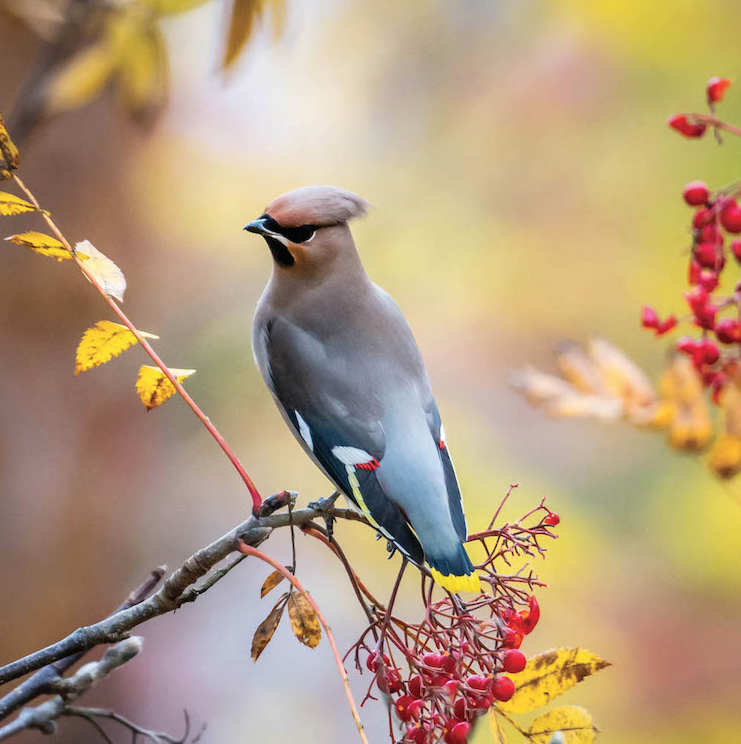
Southwest Florida is a fertile ground for birdwatchers. Vicki Rogerson, education chair for the Audubon Society of the Everglades, notes that more than 339 species of birds have been documented in Collier County alone. “What you see, however, will depend on the habitat your yard provides, the time of year, and the ecosystem your home is situated in,” she says. Here, Rogerson reveals several ways to better your backyard for birds.
What types of birds can you attract to Southwest Florida backyards?
A bird-friendly backyard will attract an array of warblers like black-and-white, prairie, pine, black-throated blue, northern Parula, palm, ovenbird, American redstart, yellow-rumped, and yellow-throated. Blue-gray gnatcatchers will flit around making a “pzzz” sound and eating all the insects they can find. Painted buntings could seek your yard out for food and stay all winter. Ruby-throated hummingbirds will migrate through twice a year. Cavity nesters, like great crested flycatchers, eastern screech owls, and downy woodpeckers, might nest in one of your trees. Cedar waxwings and American goldfinches might choose to roost for the night in your yard while migrating or feed in your yard during the day.
What’s the first thing you should do to prime your backyard for birds?
If you plant it, they will come. You don’t have to tear up your entire yard—just start one plant at a time. By installing native plants, you are providing vital food, like insects, seeds, berries, nuts, and nectar, that birds survive on. Your native trees will supply a place for birds to roost, shelter, feed, and nest.
Another very simple but extremely beneficial thing you can do is provide a shallow water source for drinking and bathing. Just make sure you change the water every two to three days to keep it fresh. We suggest placing your birdbath away from dense shrubs that might provide cover for predators like cats. [Instead,] place it where you can watch the action.
What should people plant to lure birds?
If you’re lucky enough to already have slash pines, sabal (cabbage) palms, and oak trees, you are well on your way. [Professor and author] Doug Tallamy’s research shows that native oaks support more than 550 species of butterflies and moths alone. A non-native species, like a ginkgo tree, supports five. Caterpillars are the go-to food source for migrant and resident birds, making oak trees Mother Nature’s pantry. Also, consider adding gumbo limbo, paradise tree, Dahoon holly, or a red mulberry. Super shrubs are firebush, marlberry, Florida privet, and Simpson’s stopper. Coral honeysuckle and corky stem passion vine are great for hummingbirds and many other types of birds, not to mention butterflies.
What obstacles might people face when trying to attract birds?
One of the biggest challenges is access to native plants to create your outdoor sanctuary. Most landscaping plants available in nurseries and big-box stores are exotic species from other countries. Many are prized for qualities that make them poor food sources for wildlife. Also, they generally require more chemicals and water to thrive, increasing maintenance time, costs, and environmental hazards.
What’s a key piece of advice for turning a backyard into a birding haven?
Choose native plants. [Remember,] one plant at a time and put the right plant in the right place. Audubon Everglades has a tip sheet on creating a bird-friendly habitat that suggests a water source, brush pile for shelter, a dead tree (snag) for cavity dwellers and insects, removing any invasive plants, eliminating pesticides, keeping your cats inside, and reducing
lawn area.








Facebook Comments